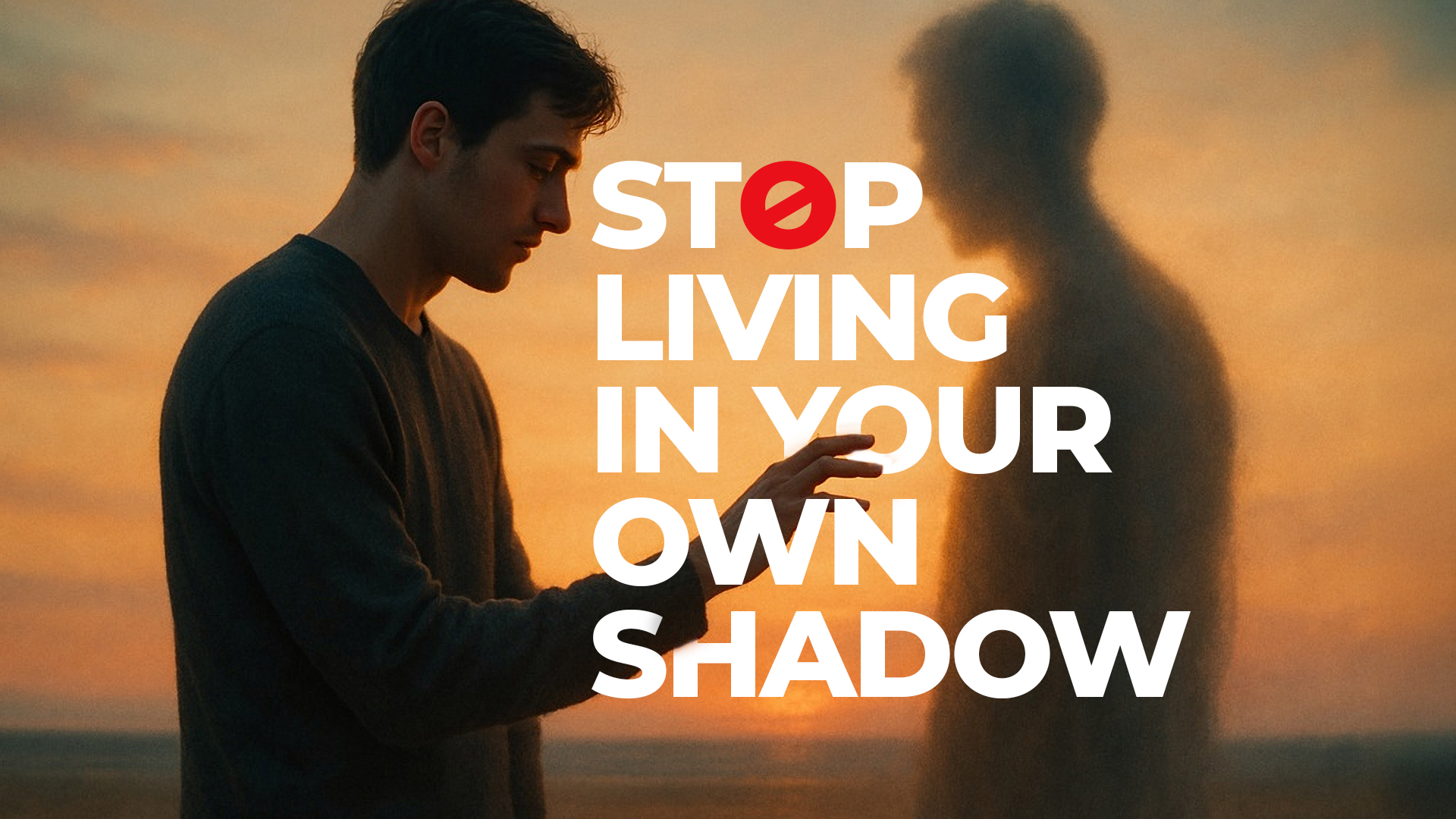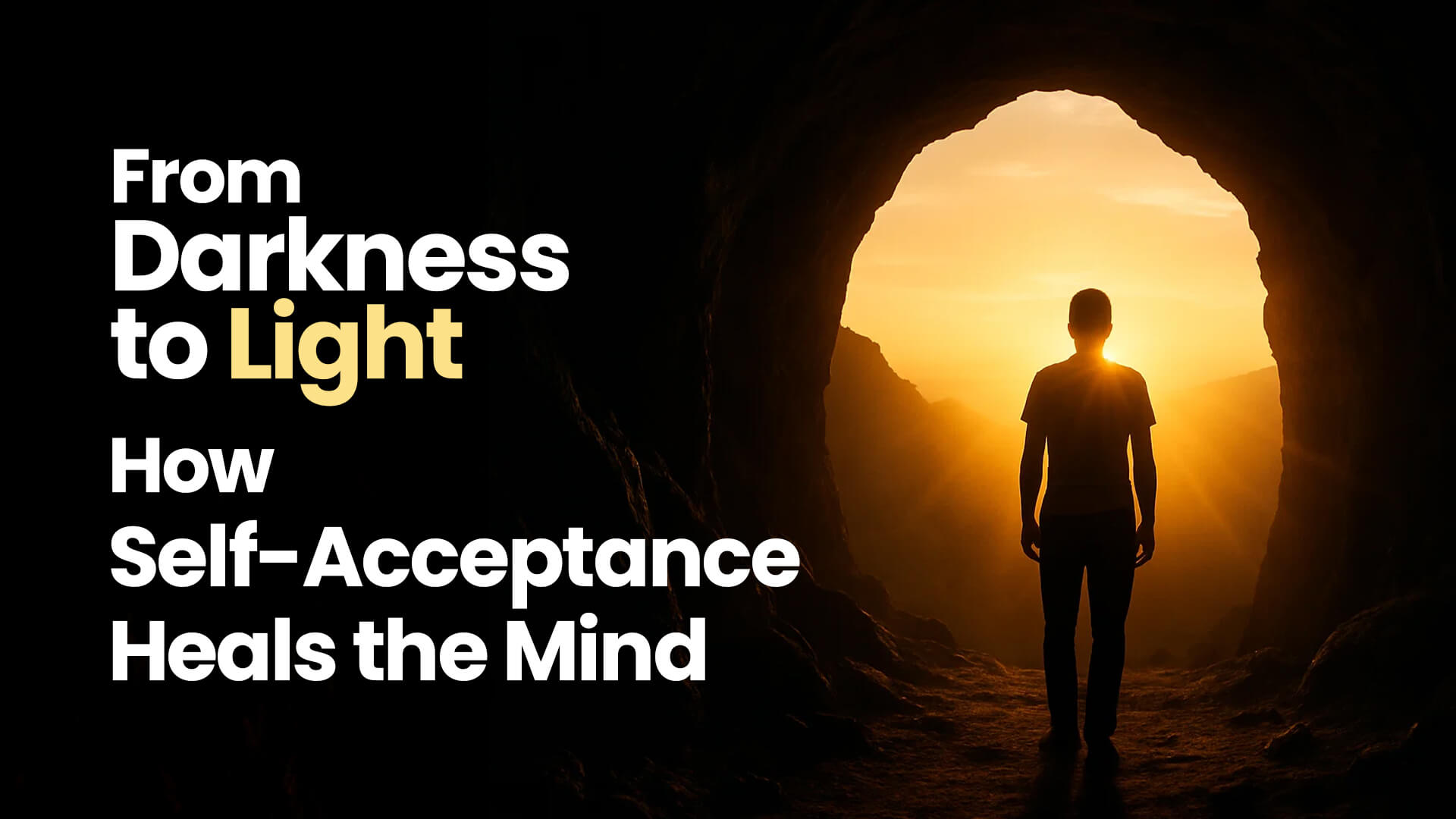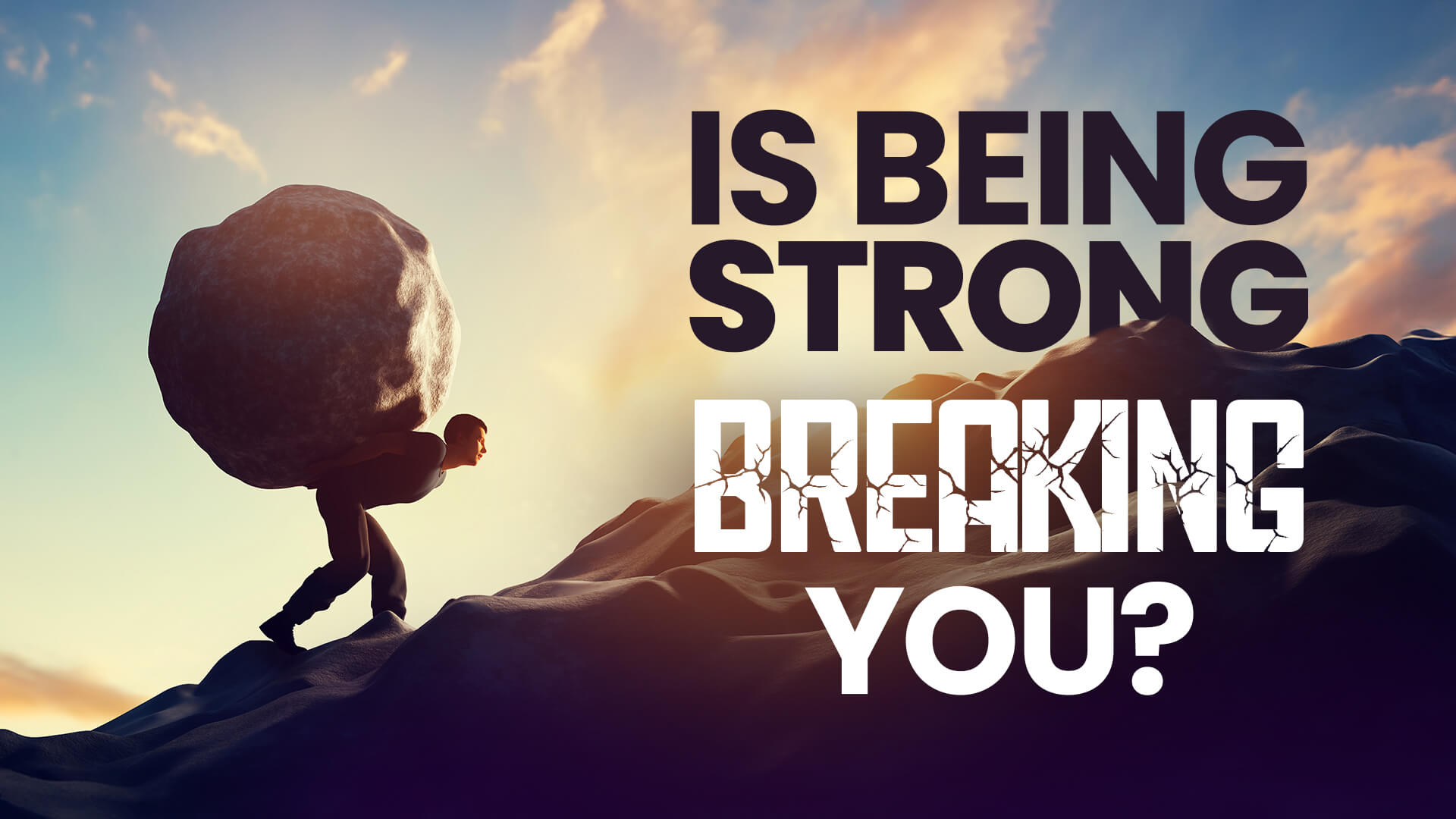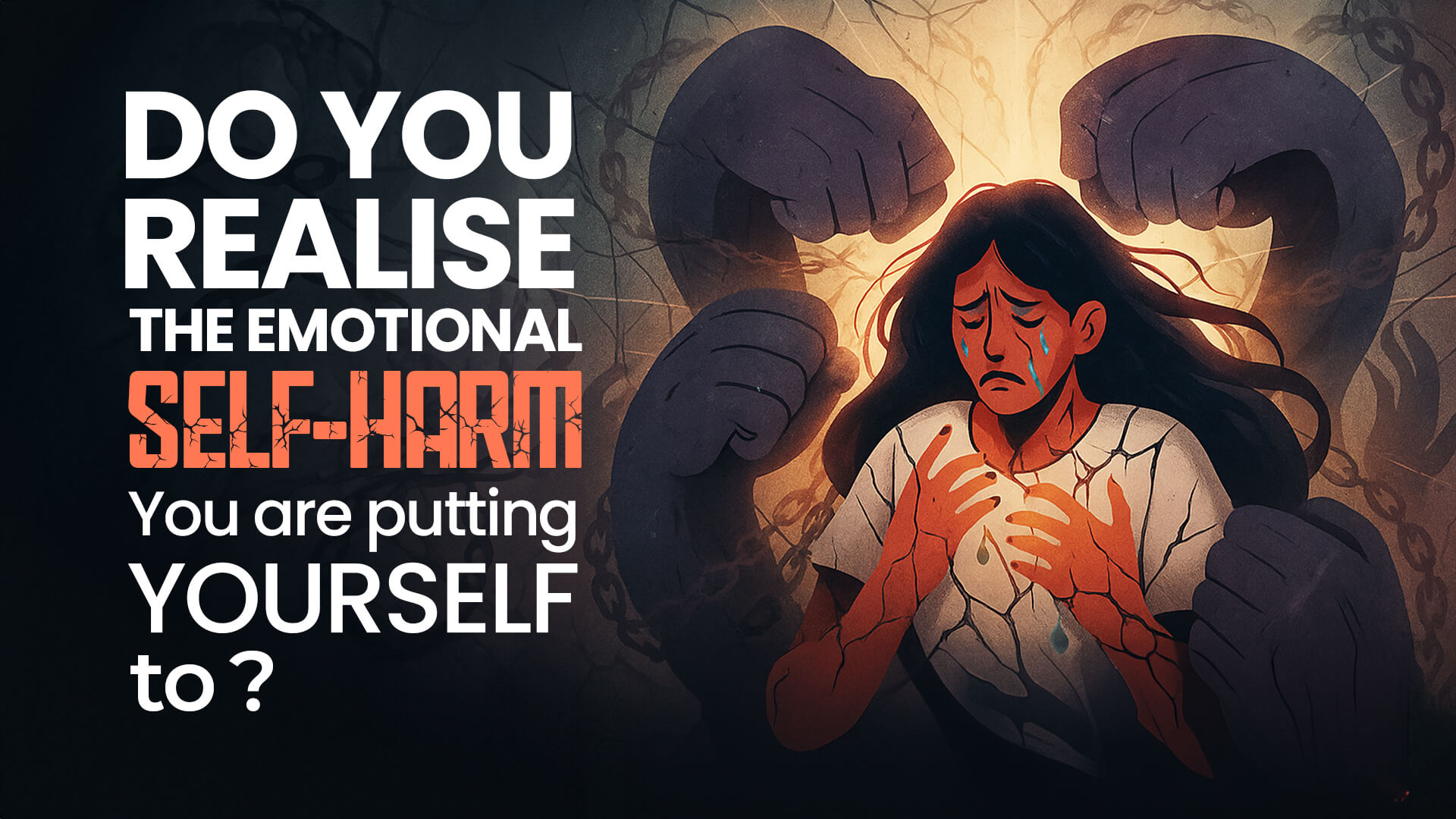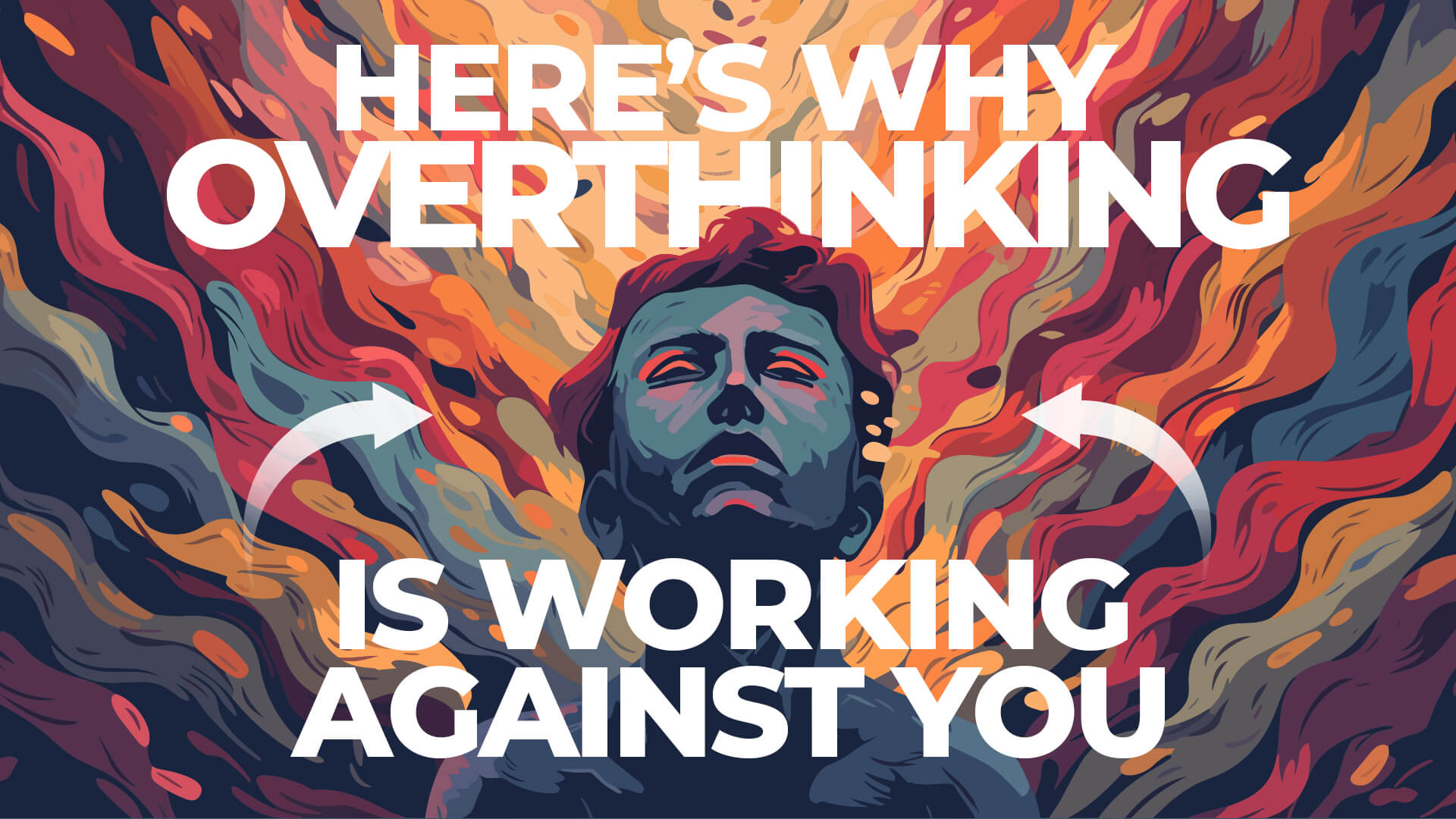Do you ever feel like you are standing in your own way?
You want to speak up, try something new, or take a risk but something inside holds you back. That “something” often isn’t laziness or lack of ability. It’s insecurity. Not the obvious kind that screams for attention, but the quiet kind that whispers doubts into your ear.
These silent insecurities shape your choices more than you realize. They decide how much of yourself you show to the world, how freely you love, and how confidently you step into opportunities.
What Are Silent Insecurities?
Silent insecurities are the fears and doubts that hide beneath the surface. They don’t always look dramatic. Often, they appear in small behaviours such as
- Apologizing too much
- Staying quiet when you have something to say
- Feeling uncomfortable when receiving compliments
- Overthinking simple decisions
- Downplaying your successes
You might not call these “insecurities.” You may think it’s just part of your personality. But these patterns often come from old emotional imprints, from moments when you felt judged, rejected, or unworthy. Over time, these moments turn into quiet rules that your mind follows: “Don’t speak too much.”, “Don’t shine too brightly.”, “Don’t risk being seen.”
Why Releasing Silent Insecurities Matters
What you don’t face ends up controlling you. Silent insecurities may not stop you from living, but they stop you from living fully. They influence how you
- Approach relationships (Do you open up or stay guarded?)
- Make decisions (Do you trust your instincts or doubt yourself?)
- Express yourself (Do you speak with confidence or filter everything?)
- See your worth (Do you celebrate yourself or minimize achievements?)
Left unchecked, insecurities create a gap between who you are and how you show up. They keep you small even when you long to expand.
How Silent Insecurities Show Up in Daily Life
-
Over-apologizing
You say “sorry” when it’s not needed. This often hides a fear of rejection or being disliked.
-
Staying quiet in groups
You hesitate to share ideas, thinking they’re not good enough.
-
Overachieving
You work harder than everyone else, not out of confidence, but fear of being “less.”
-
Avoiding compliments
You brush them off instead of receiving them. Deep down, you may not believe you deserve praise.
-
Conflict avoidance
You avoid tough conversations, even at the cost of your own needs, because you fear disapproval.
5 Gentle Truths About Insecurities
- They hide in plain sight. Small habits like deflecting praise or staying quiet often reveal deeper self-doubt.
- They are shaped by past experiences. Childhood criticism, neglect, or rejection can leave long-lasting marks.
- They don’t always look insecure. Sometimes, the most “confident” people overcompensate because of insecurity.
- Avoidance keeps them alive. The more you run from discomfort, the stronger the shadow grows.
- They can be unlearned. Insecurities are patterns, not permanent truths. Anything learned can also be unlearned.
7 Practical Ways to Step Out of Your Own Shadow
This journey is not about becoming someone new. It’s about returning to who you’ve always been, without the weight of fear.
-
Name Your Insecurity
Be specific. Is it fear of rejection? Fear of not being perfect? Fear of being judged? Clarity gives you power.
-
Journal Without Filters
Write down your thoughts without editing them. Don’t try to sound wise. Don’t try to be positive. Let it all out. Honesty is the goal, not perfection.
-
Challenge the Inner Critic
When self-doubt arises, pause and ask: “Would I speak to my best friend this way?” This simple question helps you shift from judgment to compassion.
-
Do One Brave Thing Daily
Courage grows in small steps. Speak up in a meeting. Say no when you mean no. Share your opinion online. Every act of bravery chips away at insecurity.
-
Mirror Work
Look into your own eyes in the mirror for 30 seconds. Say something kind to yourself. It may feel strange, but it builds self-acceptance faster than you think.
-
Set Soft Boundaries
Say no without guilt. Protect your energy. Boundaries are not walls; they’re doors you control.
-
Seek Support
Healing isn’t meant to be done alone. Coaches, therapists, and healers can guide you to rewrite old patterns gently and safely.
A Simple Practice to Reconnect with Yourself
Place your hand on your heart. Close your eyes. Take three deep, slow breaths.
Ask yourself: “What would I choose if I trusted myself right now?”
This practice bypasses overthinking and connects you with your inner truth. Use it anytime you feel doubt, fear, or confusion.
Frequently Asked Questions
1. Why do I feel insecure even when people say I’m confident?
Because insecurity is internal. Outward success doesn’t always match inner safety.
2. How do I know if I’m stuck in my shadow?
If you often downplay your abilities, stay silent, or fear being seen, you might be living from the shadow self.
3. Can insecurities built over years really be unlearned?
Yes. They are patterns, not personality traits. With compassion and consistency, you can rewire how you respond.
4. Does childhood play a role?
A big one. Early criticism, neglect, or overcontrol shape how you see your worth.
5. Do I need to change who I am to feel confident?
No. Confidence comes from embracing who you already are, not becoming someone else.
Stepping out of your shadow is not about erasing fear. It’s about no longer letting fear drive your choices. Every time you choose to speak despite doubt, or set a boundary despite guilt, you prove to yourself that you can be trusted. That’s how confidence grows. The more you honour your voice, the less your insecurities run your life. You are not your fears. You are not your doubts. You are the person beneath them who is whole, capable, and worthy of being seen.
Reach Dr. Chandni’s support team at +918800006786 and book an appointment.
